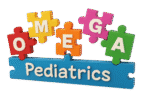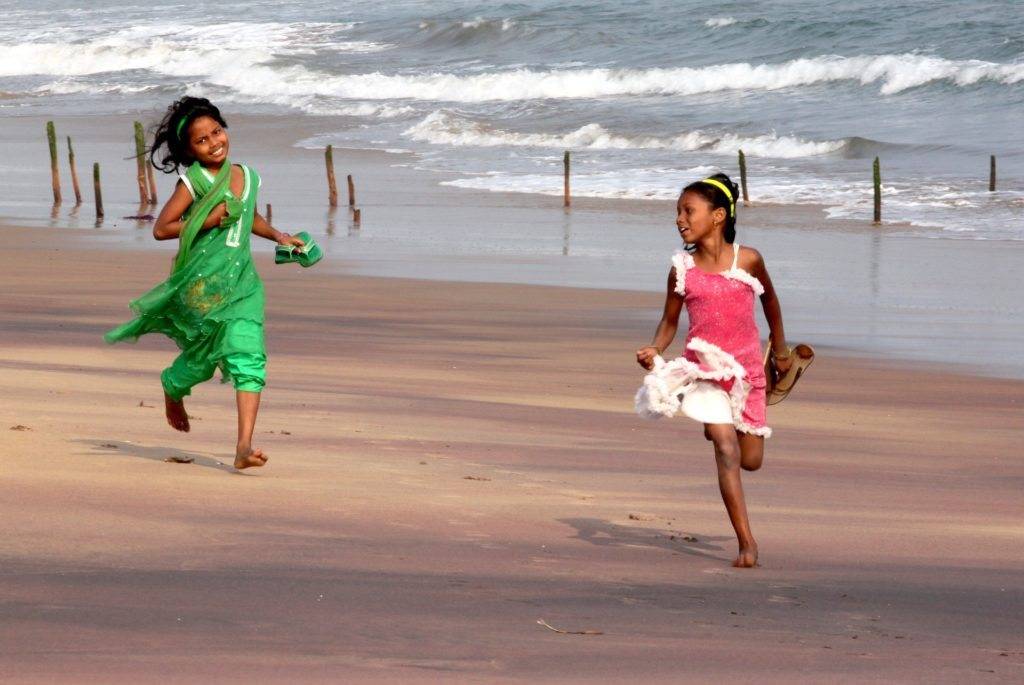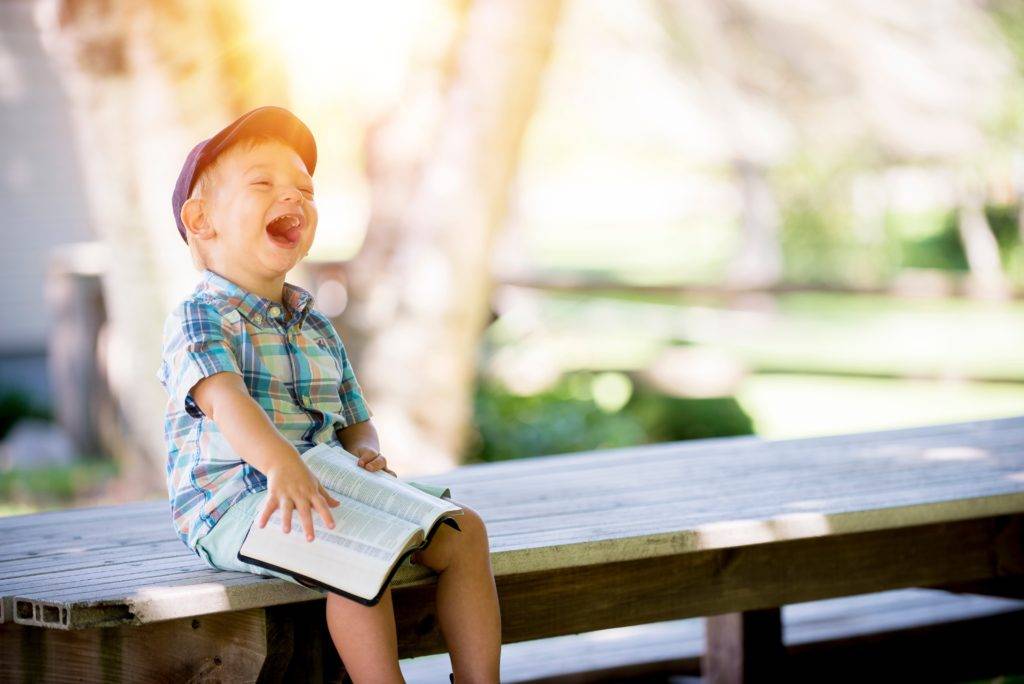Anxiety and ADHD are two different challenges children may face. Sometimes they even occur together (co-occurring). But the therapies that work best for each are not always the same.

This post will explore evidence-based therapies (those backed by research) for anxiety and for ADHD in children, compare them, and help you know which ones tend to be most effective.
Understanding Anxiety and ADHD in Children
What is Childhood Anxiety?
Children with anxiety often worry too much, avoid things, feel scared or nervous in everyday situations, have physical symptoms (like stomachaches, headaches), or become overly cautious. Anxiety becomes a disorder when it interferes with school, friendships, play, or daily life. Some common anxiety disorders in children are:
- Generalized anxiety disorder (worry about many things)
- Social anxiety (fear of social situations)
- Separation anxiety
- Specific phobias
Omega Pediatrics has a helpful guide on Managing Anxiety in Children: An Essential Guide to Understanding and Coping with Anxiety in the US, which emphasizes how anxiety can show in many ways and how coping strategies and professional help can assist.
What is Childhood ADHD?
ADHD (Attention-Deficit/Hyperactivity Disorder) is a neurodevelopmental disorder. These behaviors may show in school, at home, or in social settings. ADHD is one of the most commonly diagnosed neurodevelopmental disorders. Children with ADHD often have:
- Difficulty paying attention (inattention)
- Impulsivity (acting without thinking)
- High activity (hyperactivity)
Importantly, ADHD affects executive functioning (such as planning, organizing, and sustaining attention) and not primarily fear or worry. Because these are different in mechanism, some therapies are more suited to anxiety and others to ADHD. Some therapies can overlap, especially when both conditions are present.
Principles of Evidence-Based Therapies in Children
Before diving into specific therapies, here are general principles:
- Evidence-based means that the therapy has been tested in rigorous research (randomized controlled trials, meta-analyses) and shown to produce better outcomes than placebo or no treatment.
- Developmental adaptation: Therapy for children must be tailored to their age, cognitive level, and emotional capacity.
- Parental involvement is almost always key in child therapy. Parents often learn strategies to support their child at home.
- Consistency and practice outside therapy: Skills need repeated practice in real life (classroom, home, play).
- Monitoring and measurement: Progress should be tracked with symptom scales, behavior charts, or goal checklists.
- When needed, combining therapies (medication + therapy) may offer stronger results, especially in moderate-to-severe cases.

Now let’s look at what works best for anxiety, what works best for ADHD, and what to do when a child has both.
Evidence-Based Therapies for Childhood Anxiety
Anxiety in children has some clear “gold standard” therapies supported by many trials.
1. Cognitive Behavioral Therapy (CBT) with Exposure
CBT is the backbone of most evidence-based treatment for childhood anxiety. CBT helps children:
- Identify and challenge unhelpful thoughts (“I will fail,” “They’ll laugh at me”)
- Develop coping strategies (relaxation, coping statements)
- Gradually face feared situations (exposure) rather than avoid them
One key component is exposure therapy, where the child is guided to face feared situations in a step-by-step, safe way. This helps the brain “unlearn” fear associations.
- Meta-analyses and implementation studies confirm that CBT and exposure-based protocols are effective across settings (outpatient, school) for childhood anxiety.
- Programs like Coping Cat are well-known structured CBT models for children aged ~7–13, combining cognitive and behavioral elements, including exposure.
- Adaptations often include parent training or family sessions, so parents learn how to support exposure, reduce accommodation (helping the child avoid), and reinforce bravery.
Strengths:
- Long-term gains (children often maintain improvements months to years later)
- Good for pure anxiety or mild-moderate cases
- Can be delivered individually, in groups, or sometimes via telehealth or school settings
Challenges:
- Requires a skilled therapist
- Some therapists may avoid exposure out of fear or reluctance
- Some children may resist doing exposures
2. Parent and Family-Based Interventions
Because children depend on caregivers, family involvement is often crucial. These are often integrated into CBT protocols for anxiety.
- Parent training: Teaching parents how to support exposure, reduce reassurance, maintain consistent responses, and help their child use coping tools.
- Family CBT: Sessions involve the child and parent(s), helping communication, reducing family behaviors that may maintain anxiety, and coaching together.
Other Therapies with Support
While CBT + exposure is the first-line, some adjunctive or alternative therapies have evidence:
3. Acceptance and Commitment Therapy (ACT): It focuses on accepting feelings while committing to valued actions. ACT has a growing research base and may be helpful as a supplement.
4. Emotion regulation skills training: Helps children understand and manage intense feelings (worry, frustration)
5. Mindfulness-based strategies: Some trials support mindfulness or relaxation training, especially as adjuncts
6. Resilience and social-emotional skills programs (FRIENDS program) for prevention or mild cases. The FRIENDS program has been used in many countries to foster resilience and reduce anxiety symptoms.
Evidence-Based Therapies for Childhood ADHD
Since ADHD is not primarily an anxiety or fear-based problem, the therapies that work best are somewhat different. Here are the main evidence-based treatments:
7. Behavioral Parent Training / Behavior Modification
Behavioral interventions are often the first line for children (especially younger ones) with ADHD. These therapies teach parents how to shape behavior using consistent reinforcement, rewards, and consequences.
- Parents learn strategies to reduce problem behaviors (interrupting, refusing tasks) and increase positive behaviors (sitting still, following instructions).
- Techniques include token systems, reward charts, consistent rules, scheduled breaks, and immediate feedback.
- Behavior modification also extends to teachers and school settings: teachers may use a daily report card or similar tool to reinforce specific behaviors and send feedback home.
- The evidence base: behavioral parent training and behavior modification for ADHD are considered robust interventions.
- A meta-analysis supports that combining parent training + school/teacher interventions yields better outcomes than either alone.
One article summarizes: “Behavioral treatments for ADHD … teach kids how to manage symptoms; some may require medication too.”
8. Child-Focused Skills Training and Executive Function Coaching
Because ADHD often involves deficits in planning, organization, attention, and self-monitoring (called executive functions), therapy can directly teach children strategies. These strategies help children compensate for weaknesses. Behaviorally based coaching helps embed them over time.
- Use of planners, checklists, and visual schedules
- Self-monitoring strategies (teaching children to “pause and think”)
- Organizational skills training (breaking down tasks into smaller steps)
- Time management coaching and reinforcement systems
9. Medication as Evidence-Based Treatment
While strictly speaking not a “therapy” in the talk-therapy sense, medication is one of the strongest evidence-based treatments for ADHD.
- Psychostimulants (like methylphenidate, amphetamine) have robust research showing they reduce core ADHD symptoms (inattention, hyperactivity, impulsiveness) in many children.
- Non-stimulant medications such as atomoxetine are alternatives when stimulants are not tolerated or contraindicated.
- Clinical guidelines (AAP) recommend combining medication (for moderate-to-severe ADHD) with behavioral therapies.
Emerging and Less-Established Therapies
10. Neurofeedback / EEG biofeedback: Some studies suggest promise (changes in event-related potentials), but evidence is still less consistent.
11. Regulation-Focused Psychotherapy for Children (RFP-C): This is a relatively newer psychodynamic-based therapy for disruptive behavior disorders, including ADHD. It focuses on emotional regulation.
12. Other psychotherapies (talk therapy, play therapy alone) have less evidence in treating ADHD core symptoms compared to behavioral and pharmacologic interventions.
Comparing What Works Best: Anxiety vs ADHD
It helps to see a side-by-side comparison of what works well for each condition.
| Feature | Best Therapies for Anxiety | Best Therapies for ADHD |
| Core mechanisms targeted | Worry, avoidance, negative thoughts, fear responses | Inattention, impulsivity, executive dysfunction |
| Primary therapy approach | CBT with exposure + parent training | Behavioral modification + skills coaching + sometimes medication |
| Role of parents | Teach support strategies, reduce reinforcement of avoidance | Teach consistent structure, reward systems, and behavioral strategy |
| Role of child training | Coping skills, facing fears, cognitive restructuring | Organization, planning, self-monitoring, time management |
| Role of medication | Sometimes SSRIs or similar (for severe anxiety), adjunct | Often primary (stimulants, non-stimulants) in moderate-severe cases |
| Long-term benefits | Skill internalization, resilience, and potential prevention | Medication works only while taken; behavioral skills may continue |
| Evidence strength | Very strong for CBT in many RCTs | Very strong for meds + behavioral interventions in many RCTs |
A key difference is that CBT + exposure is the front-line for anxiety, while behavioral + medication is central for ADHD.
What About Children Who Have Both Anxiety and ADHD?
Many children have both conditions simultaneously (comorbidity). Some studies estimate that 25% to 50% of children with ADHD also have an anxiety disorder. That poses a therapeutic challenge: treat one first? Use combined treatment? Be careful about side effects? The evidence is limited but evolving.
What Research Says
- CBT is effective specifically for anxiety, even in some children with ADHD, particularly when ADHD symptoms are not severe.
- Medication (stimulants): Despite concerns, stimulants are generally well tolerated in children with both ADHD and anxiety; they do not typically exacerbate anxiety and often improve overall functioning.
- Atomoxetine: In some comorbid cases, atomoxetine has shown benefit for both anxiety and ADHD symptoms.
- SSRIs or other anxiety medications may be used adjunctively, but need close monitoring.
- Psychosocial interventions (CBT, parent training) remain essential for the best outcomes.
Practical Strategy When Both Present
- Assess severity: If one condition (ADHD) is more disruptive, start there (begin stimulant + behavioral) while monitoring anxiety.
- Begin CBT for anxiety early, even as ADHD is treated, especially if anxiety is causing avoidance or distress.
- Use integrated therapy: In therapy sessions, address anxiety symptoms, executive function skills, emotion regulation, and behavioral strategies in a coordinated way.
- Monitor side effects: Some medications may interact or have side effects; mental health professionals should monitor carefully.
- Adjust over time: As symptoms change, keep adapting the balance between medications, therapy, and accommodations
How Parents and Caregivers Can Help: Supporting Therapies in Everyday Life
Therapy is only one part of the solution. Parents, caregivers, teachers, and the child’s environment must support and reinforce progress.
For Anxiety
- Encourage and guide exposure in small steps (entering the feared place gradually)
- Avoid overprotecting or accommodating avoidance (help the child face fears, not avoid them)
- Praise bravery and efforts, not just outcomes
- Model calm behavior and coping strategies
- Maintain routines (predictability reduces anxiety)—as OmegaPediatrics describes, routines act as emotional anchors.
- Collaborate with the therapist: practice between sessions
For ADHD
- Provide structure: consistent schedules, visual cues, checklists
- Use immediate and consistent rewards/feedback
- Break tasks into smaller steps
- Use external aids: timers, alarms, planners
- Communicate with teachers to use reinforcement systems, like a daily report card
- Maintain consistency across settings (home, school)
- Encourage physical activity, sleep hygiene, and diet—which support attention and behavior
Also, reducing excessive screen time may help reduce anxiety and ADHD symptoms. A recent study shows that more than 4 hours a day of screen time is associated with higher risks of anxiety and ADHD; regular sleep and physical activity partly mediate these associations.
When to Seek Professional Help and What to Expect
If your child’s anxiety or ADHD symptoms interfere with school, friendships, family life, or safety, it’s time to consult professionals. The journey often looks like:
- Screening and Evaluation: A pediatrician or mental health specialist assesses symptoms, rules out medical causes, and may use rating scales (for ADHD, such as the Vanderbilt scale).
- Therapy Referral: If anxiety is primary, refer to a CBT-trained child therapist; if ADHD is primary, a behavioral specialist or psychologist experienced with ADHD.
- Treatment Plan: The therapist and possibly the child psychiatrist decide on therapy, medication, or a combined plan.
- Parental Training: Most plans will include parent sessions or coaching.
- Monitoring and Adjustments: Symptoms are tracked, and adjustments are made (medication dosage, therapy strategies, and frequencies).
- Coordination with School: Teachers, guidance counselors, and special education services may be involved.
- Long-Term Support: Some children may continue therapy or boosters, especially during transitions (starting school, puberty, life changes).
Pediatricians play a critical role in early identification and coordination of mental health care. Omega Pediatrics has emphasized the importance of pediatricians in recognizing and supporting mental health in this article: The Role of a Pediatrician in Mental Health Care
Additionally, the role of pediatricians in ADHD management demonstrates how they guide families through diagnosis and provide support in this article: The Role of a Pediatrician in Supporting Children with ADHD
Embrace Therapy for Childhood Anxiety and/or ADHD
Anxiety and ADHD in children are distinct but sometimes overlapping conditions. For childhood anxiety, the first-line, evidence-based therapy

is CBT with exposure, often combined with parent training or family involvement.
For childhood ADHD, the strongest therapies are behavioral parent training/behavior modification, skills coaching for executive functions, and, in many cases, medications (stimulants, non-stimulants). In children with both ADHD and anxiety, combined and coordinated treatment is needed.
CBT may help with anxiety, medications may help with ADHD, and behavioral interventions may help both. Parents and caregivers are essential partners: the strategies they use at home (structure, reward systems, consistent practice) help therapy succeed.
Early intervention, regular monitoring, coordination among therapy, school, and family, and flexibility over time are keys to success.


